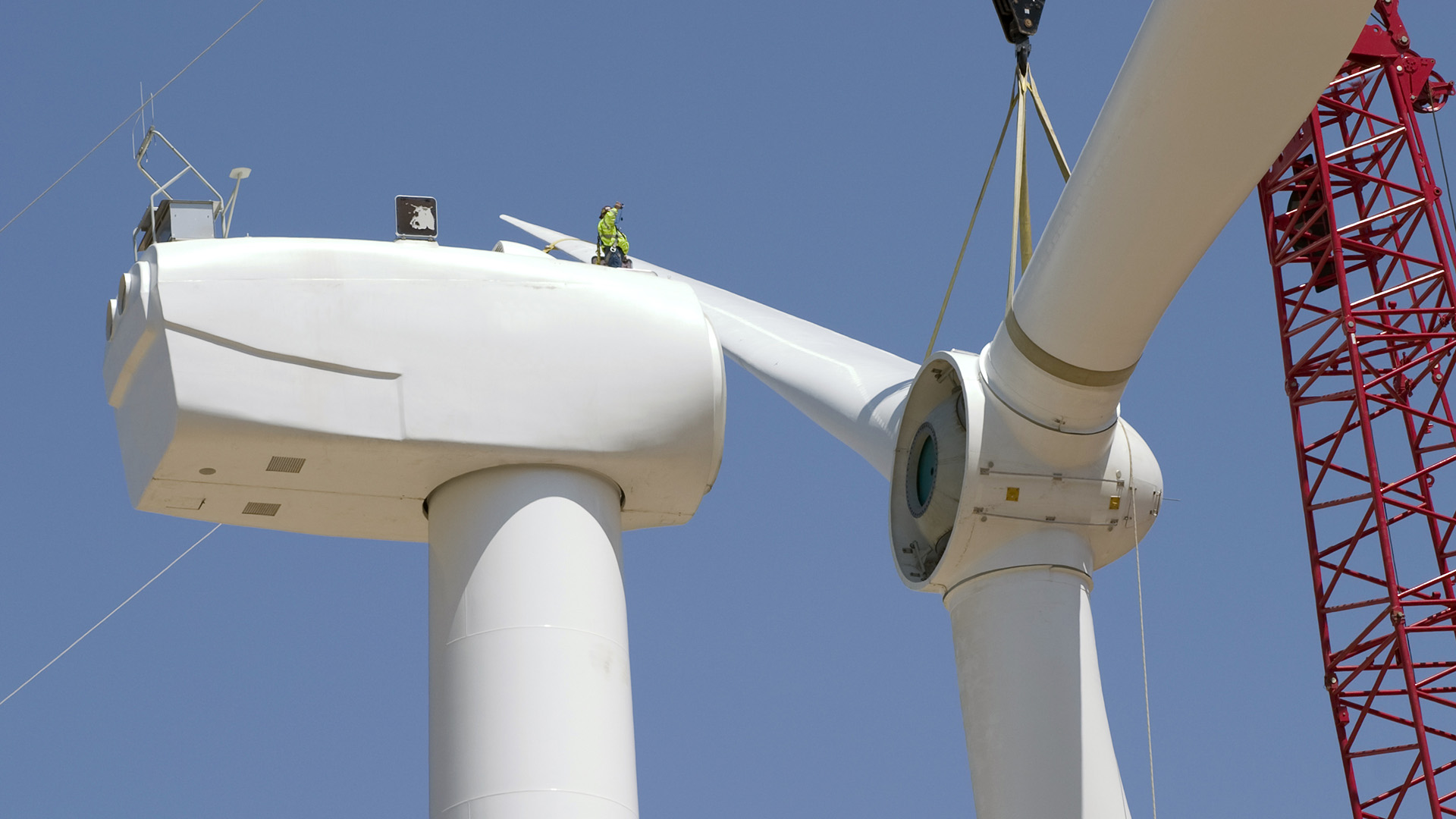


Extending our view to long-run marginal emissions
February 28, 2024
At WattTime, we’re excited to see an increasingly large number of organizations asking, “When we take an action on the grid — whether that’s building a renewable energy project, shifting load to different times, or adding new load — what are the ways that action affects real-world carbon emissions?”
One way to think about that question is to break it into two parts: 1) What are the short-run effects of that project on real-world carbon emissions in the near term? 2) Will the long-run effect be pretty similar to that short-term effect, or somehow systematically different on a longer time frame?
Both of these questions can be answered by examining the marginal emissions rates of power grids, albeit through two different lenses: short-run marginal vs. long-run marginal. There are reasons to believe they might be systematically different.
The energy transition is causing near-term operational and long-term structural changes to electricity generation & emissions
Amidst the energy transition, power grids are changing in diverse and profound ways.
Renewable energy projects built today will be in operation decades from now, when the world — and the grid’s supply-demand interactions — may work differently. Or, it could be that the effect of an action now — such as the proliferation of data centers, electric vehicles, and industrial and residential electrification — also drives structural change in how power grids evolve in response, causing effects that might not show up until a long time later.
For example, in the short term, introducing a large load like a new data center or hydrogen electrolyzer in a given grid region will cause marginal generators to immediately ramp up and meet that new load. But over the longer term, this and other durable new demand might also nudge the grid operator to eventually build additional generating capacity. If that new capacity is much cleaner (or dirtier) than the generators that respond in the near term, the long-term change in emissions could be lower (or higher) than the short-term effect.
The challenge of long-run marginal insights
Long-run marginal emissions are not a topic that WattTime has previously weighed in on, as it’s different from our primary expertise in one key way. At WattTime, everything we do is rooted in scientifically validated, empirical, data-driven approaches that can be easily verified. We spent a lot of time comparing the predictions of different models to what actually happened in the real world, and rejecting models that failed to correctly predict real-world behavior.
We’ve had good success doing that for short-run marginal emissions. But for long-term models, that’s hard to do. How do you verify the accuracy of a model that makes predictions about 20 years in the future… without waiting 20 years to find out if you were right? That’s why in the past we have stayed out of debates about long-run marginal emissions rates, and left it to others who were more comfortable making estimates that are harder to verify.
But just because something is hard to measure doesn’t mean it’s not important. Long run effects may be significant, they may be systematically different from short-run marginal emissions, and we applaud those arguing that it’s smart to consider long-run effects as well as short-run effects when trying to make decisions about how to best reduce emissions.
The importance (and opportunity) of long-run marginal insights
Given the growing willingness of companies and governments to actually make different decisions based on what experts like us say would be most impactful, we think this topic is becoming more important than ever. So, we’re starting to explore the existing and emerging research in this area from many different experts, and try to ascertain what we as a society can know with confidence about long-run effects.
Examples of projects we’re looking into are: seeing whether models can at least predict changes 5 years out successfully; whether models can predict structural change that happens quickly, but then lasts a long time; or gauging whether models applied to data from 20 years ago can reasonably predict successfully what’s going on today (without “cheating” and being fed the answer indirectly).
Our hypothesis going in is that long-run models will rarely predict the future exactly, but often may give clear, robust directional evidence that certain decisions are almost certainly more impactful than others. But that’s a hypothesis; we’ll know more once we actually study the evidence.
This is a new area of research for us and we’re very conscious we don’t have all the answers. We also don’t want to reinvent the wheel if others have already solved some aspects of this problem. If you’re looking at these topics too, we would be thrilled to collaborate with you. We’re looking forward to collaborating with other researchers in this area!